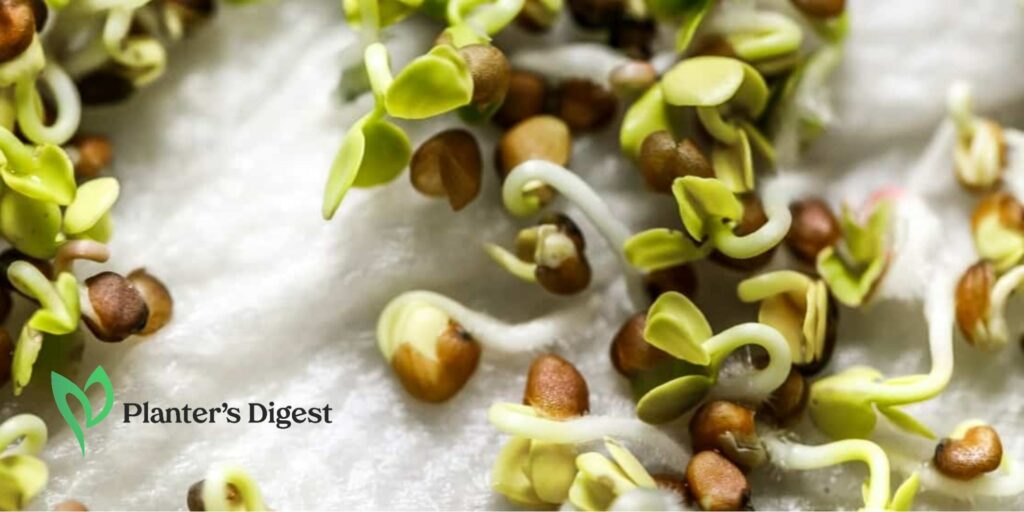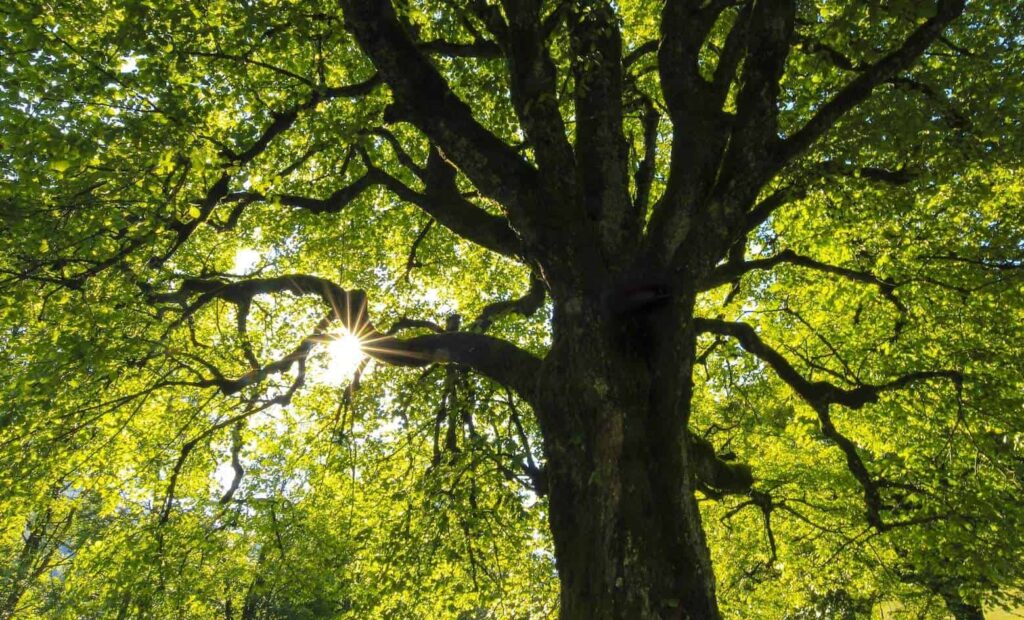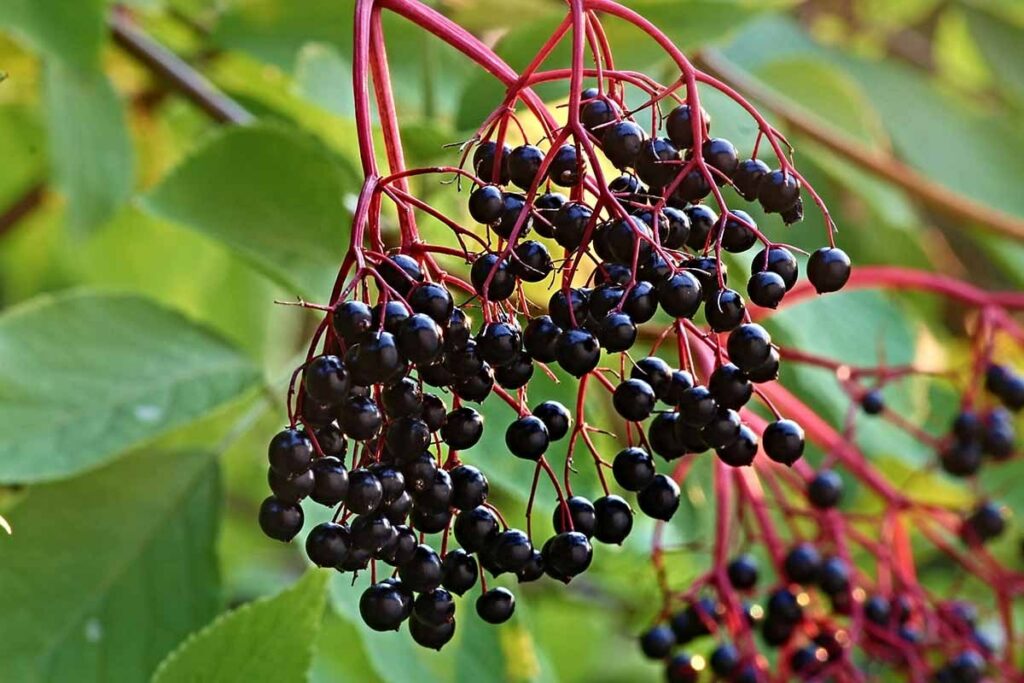Sprouting seeds from paper towels – is this even possible? We used to wonder too and we bet we’re not the only one.
So what’s it about and how do we go about it? We explore this method, discuss how to do it, and even answer some burning questions!
What is the paper towel method for seed germination?
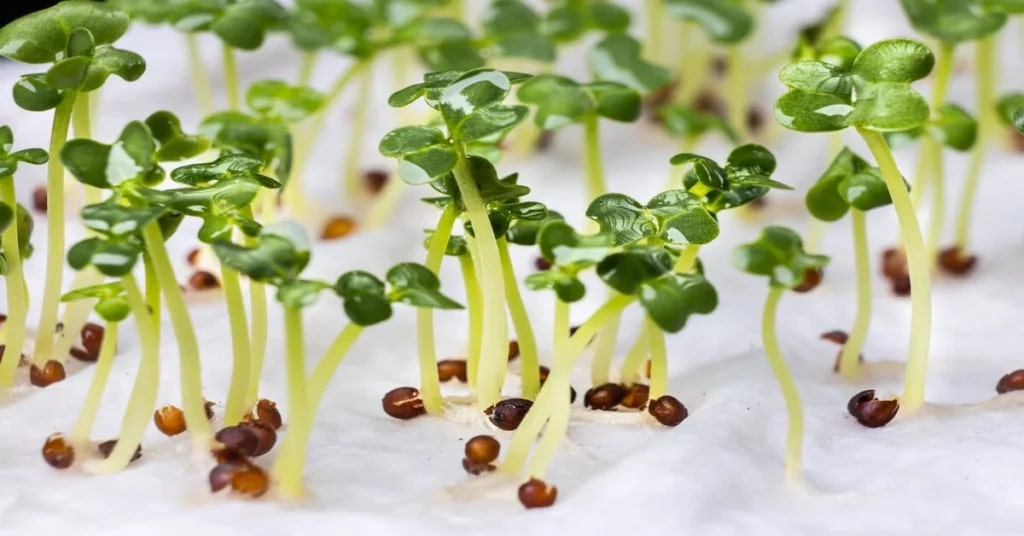
The paper towel method for seed germination involves placing seeds between damp paper towels. This creates a controlled, moist environment similar to greenhouses for the initial stages of germination while allowing easy monitoring.
The seeds are spaced on the paper towel, which is then folded to maintain moisture, softening the seed coat and triggering germination. Using this method is also useful for testing seed viability and speeds up the germination period.
Keeping the paper towels consistently moist increases the chances of successful germination. Once sprouted, the sprouts are then transplanted into the soil for further growth.
Reasons Why You Should Use Paper Towels for Seed Germination
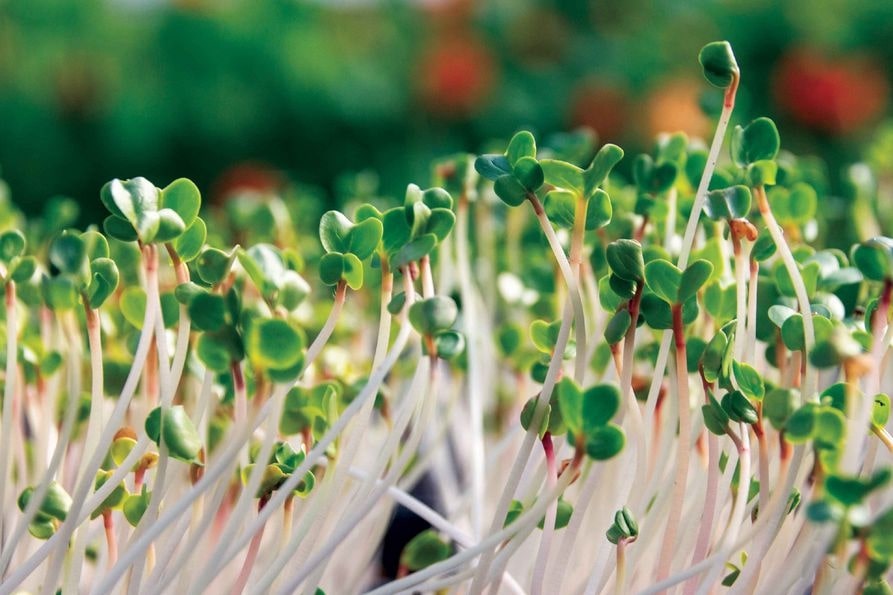
While the idea sprouts the creative gardener inside us, there are a lot of benefits to using paper towels to germinate seeds. Here’s what you can expect when using this method.
Moisture Control
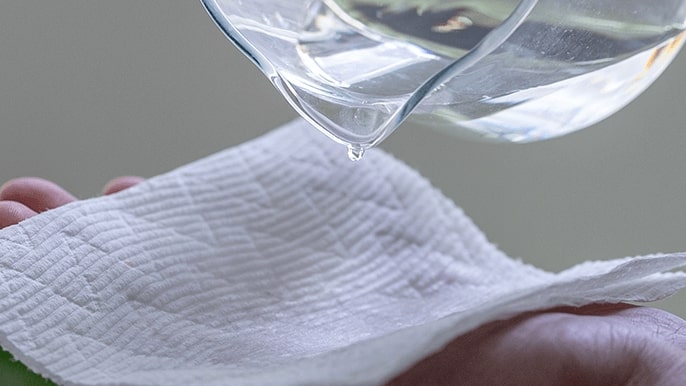
When you use paper towels as germination substrate, you have better moisture control. This is because paper towels create a controlled and consistent moisture environment that’s important for successful seed germination.
Better Visibility
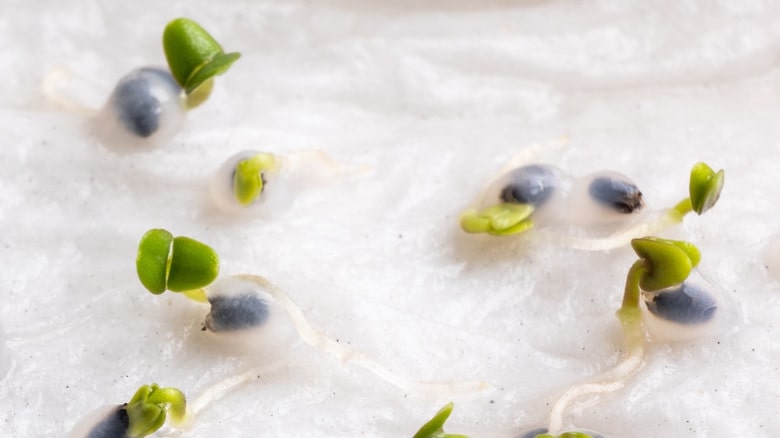
The semi-transparency of paper towels allows gardeners to view their progress better than seeds sown in the soil. Gardeners will be more aware of the first signs of roots, stems, and leaves growing from the seed, allowing them to document the stages.
Increased Space Efficiency
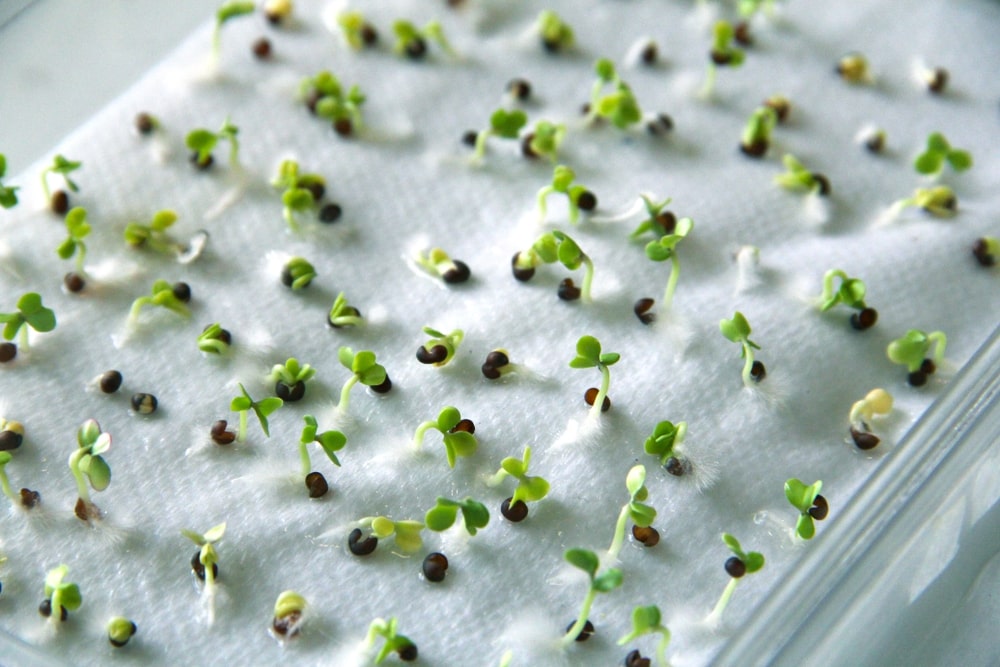
Using a paper towel means that the seeds can be evenly spaced on it. This helps the gardener in optimizing space where it’s limited and allows the gardener to handle multiple seeds simultaneously.
Ease of Handling
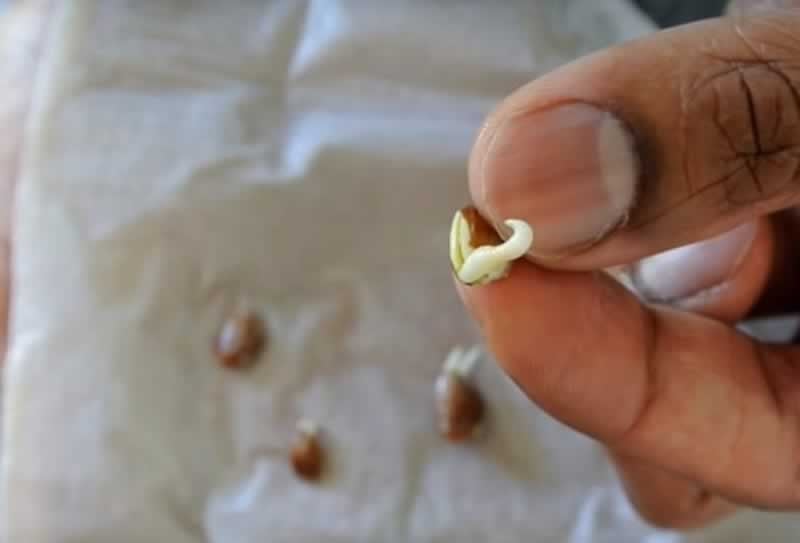
Paper towels are more pliable, allowing the transplanting process to be handled more easily compared to traditional potting soil. This reduces the risk of seedling damage during the transplant.
Cost-Effective
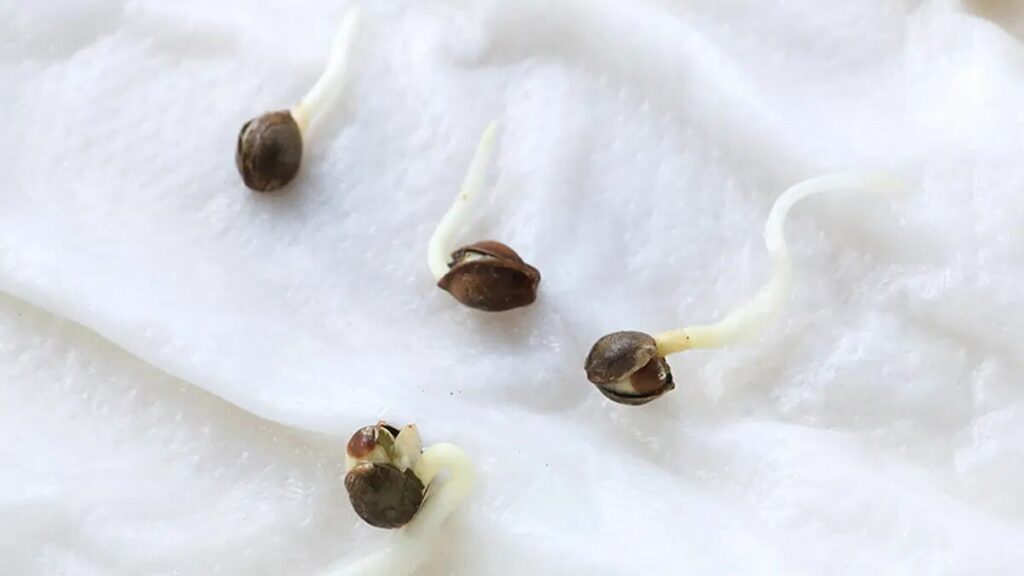
It’s not a secret that paper towels are widely available and cost-effective. This makes them an affordable option for seed germination tests or starting seeds for later transplants.
Quick Germination Testing
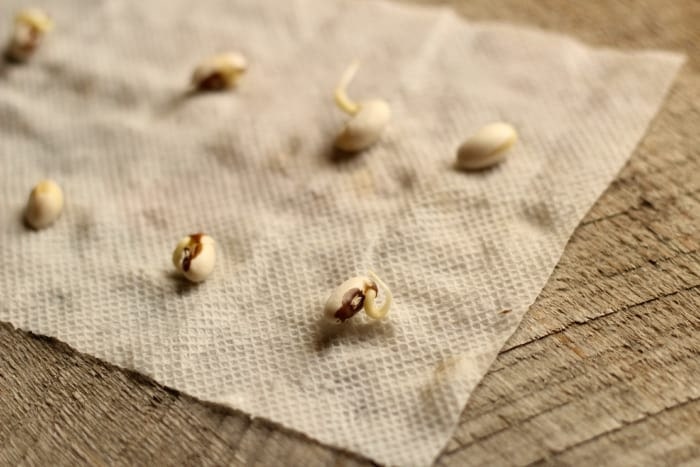
Since the paper towel method is more controlled, it’s a better option for testing for seed viability. The result can be sped up more compared to traditional potting soil approaches.
Minimized Contamination
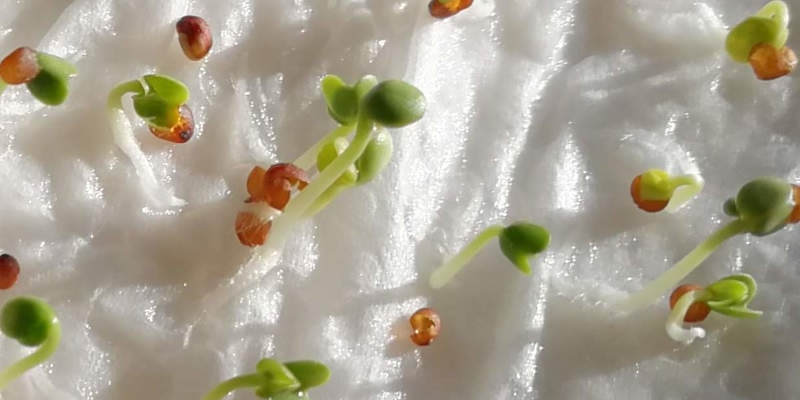
Disposable paper towels mean lesser risks of contamination compared to reused potting soil and other similar materials. This means you’ll end up with fewer fungal, bacterial, or pest issues.
Readily Accessible
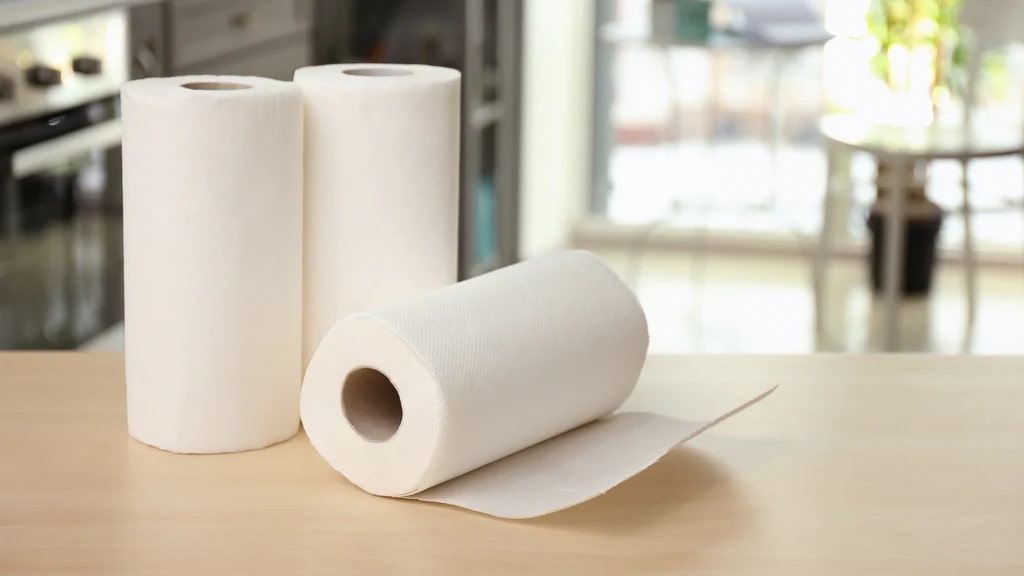
Paper towels are already available in most households, so there’s no need to buy special materials for this method. It’s quite the opposite of traditional potting soil approaches, where gardeners have to get new soil to make sure they’re sterile.
Selective Planting
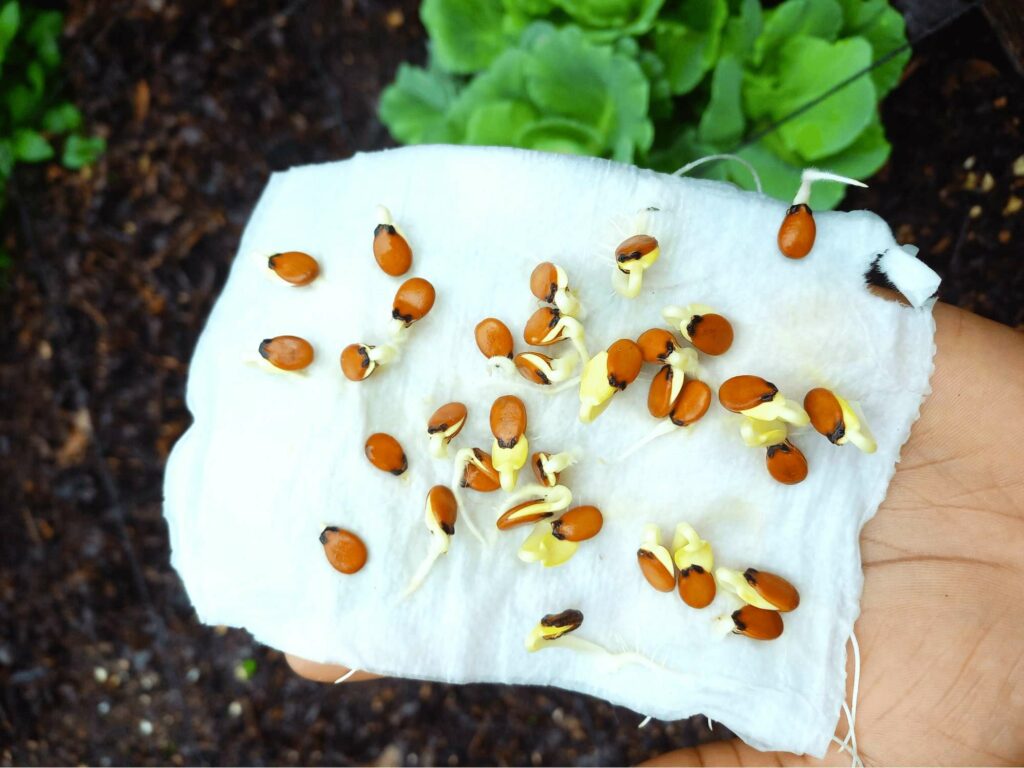
Since the transparent bag allows for the observation of seed germination, the gardener is in a better position to identify viable seeds from non-germinating ones. This allows the quick-germinating seeds to be transplanted while the nonviable ones are discarded.
What seeds can be germinated with paper towels?
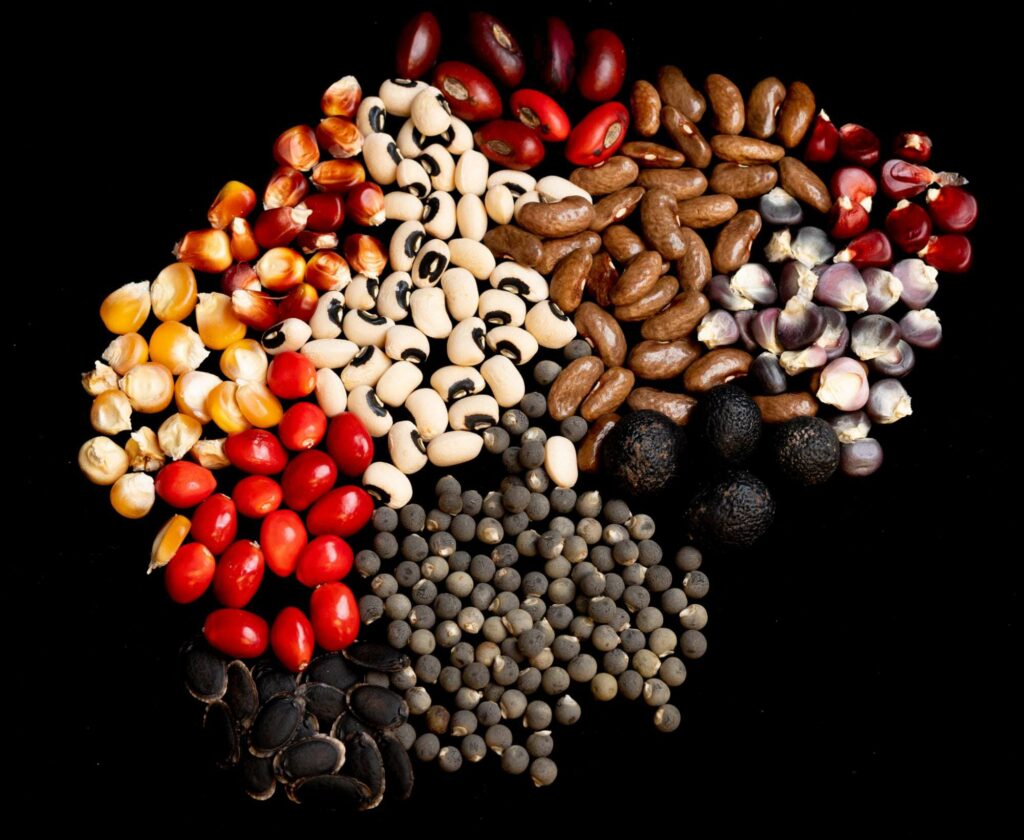
There are a lot of seeds that can be germinated with paper towels. We’ve listed 30 of our vegetables for gardeners of all skill levels in alphabetical order, so you get to anticipate how easy or challenging they can be to germinate.
| Plant | Ease of Germination |
| Beans | Easy ●○○○○ |
| Beet | Easy ●○○○○ |
| Broccoli | Moderate ●●○○○ |
| Cabbage | Easy ●○○○○ |
| Cantaloupe | Easy ●○○○○ |
| Carrot | Easy ●○○○○ |
| Cauliflower | Moderate ●●○○○ |
| Chard | Easy ●○○○○ |
| Cucumbers | Easy ●○○○○ |
| Eggplant | Moderate ●●○○○ |
| Green Beans | Easy ●○○○○ |
| Kale | Easy ●○○○○ |
| Key Limes | Difficult |
| Kiwi | Moderate ●●○○○ |
| Lemons | Moderate to Difficult ●●●●○ |
| Lettuce | Easy ●○○○○ |
| Melon | Easy ●○○○○ |
| Peas | Easy ●○○○○ |
| Peppers | Moderate ●●○○○ |
| Pumpkin | Easy ●○○○○ |
| Snow Peas | Easy ●○○○○ |
| Spinach | Easy ●○○○○ |
| Squash | Easy ●○○○○ |
| Strawberries | Easy ●○○○○ |
| Sunflower | Easy ●○○○○ |
| Tomatoes | Moderate ●●○○○ |
| Turnips | Moderate ●●○○○ |
| Watermelon | Easy ●○○○○ |
| Wax Beans | Easy ●○○○○ |
| Zucchini | Easy ●○○○○ |
How to Germinate Seeds with Paper Towels
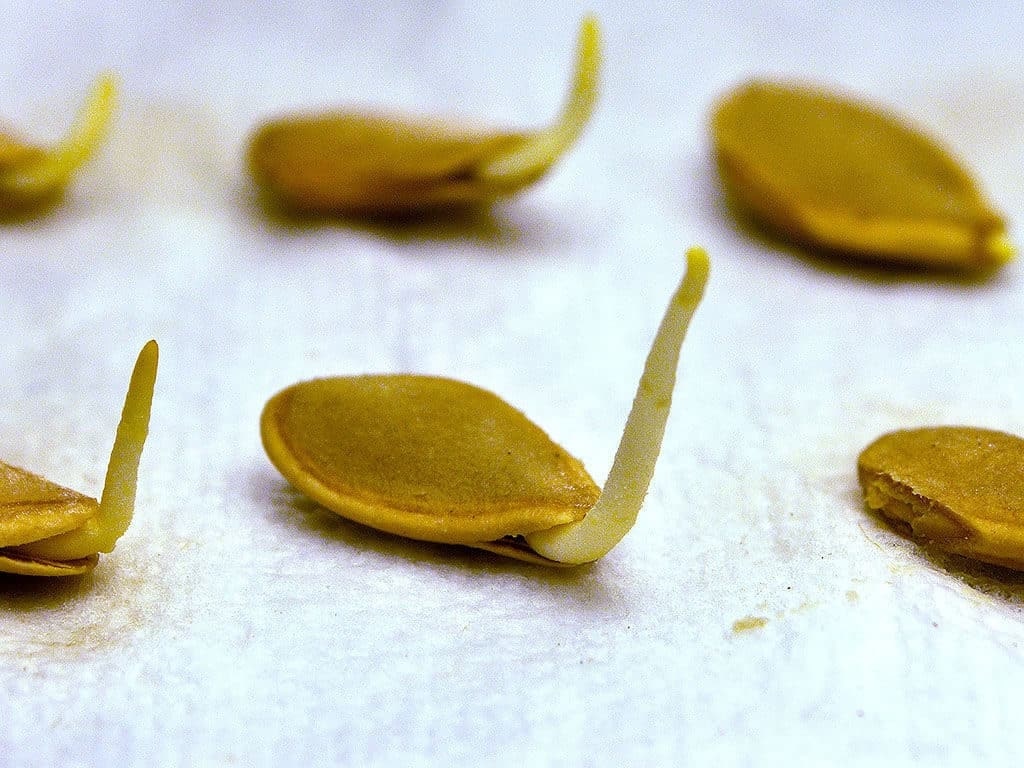
| Factor | Information |
| Ease of Activity | Moderate ●●○○○ |
| Materials Needed | Paper towels, seeds, plastic baggies, water spray, scissors |
| Estimated Costs | Low |
How to Use Paper Towels to Germinate Seeds
1. Prepare and gather the materials.
Once everything’s on the table, cut the paper towels into manageable sizes. We suggest using one sheet per set of seeds.
2. Arrange the seeds.
Place the seeds on one half of the paper towel. Leave enough space between them for sprouting.
3. Moisten the paper towels.
Use the water spray to dampen the paper towel. Make sure it’s moist but not overly wet or soaked.
4. Fold the moist paper towel over the seeds.
You can fold it lengthwise, crosswise, or diagonally.
5. Place the folded paper towel containing the seeds inside a baggie.
The baggie will serve as your mini-greenhouse.
6. Seal the baggie.
Just leave a small opening for air circulation. You can use a twist tie or leave a small gap in the seal.
7. Check the baggie regularly.
Make sure there’s a consistently moist condition. Spray with water if necessary, but avoid over-spraying to the point where it’s soaking wet.
8. Place the sealed baggie in a warm, well-lit area.
Under this condition, the seeds will germinate. While they do so, you can observe their progress.
9. Watch out for and address possible issues.
Issues like mold or seeds sticking to the paper towel can happen. Adjust moisture levels accordingly and address germination issues promptly.
Planter’s Tips
Keep a record of germination times, success rates, and any issues encountered for future reference.
Reasons Your Seeds Are Not Germinating in Paper Towels and How to Fix It
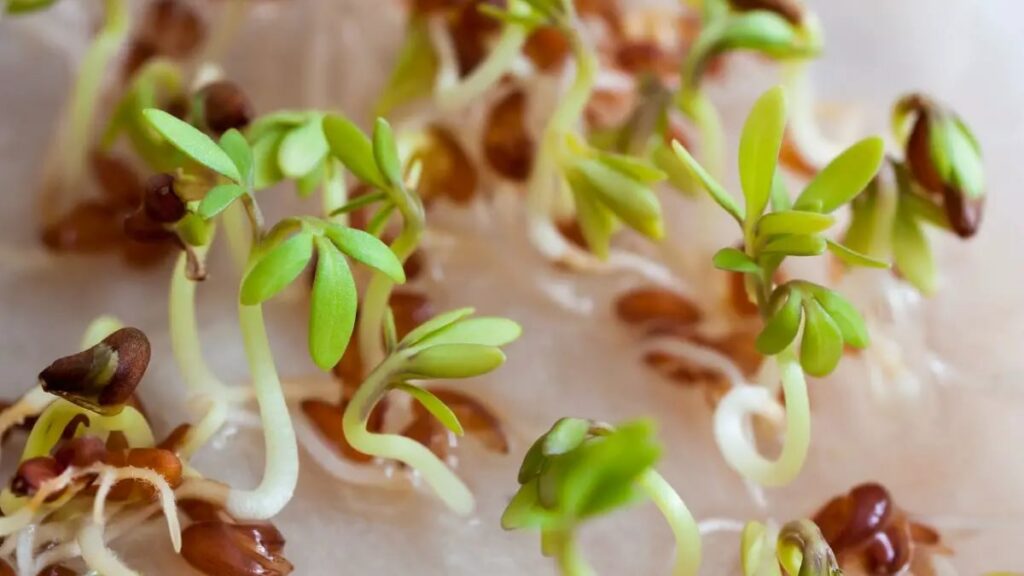
Even with the wet paper towel method, some hiccups can still happen. There are several reasons why the seeds haven’t germinated properly, and here are the most common ones with corresponding solutions.
Insufficient Moisture
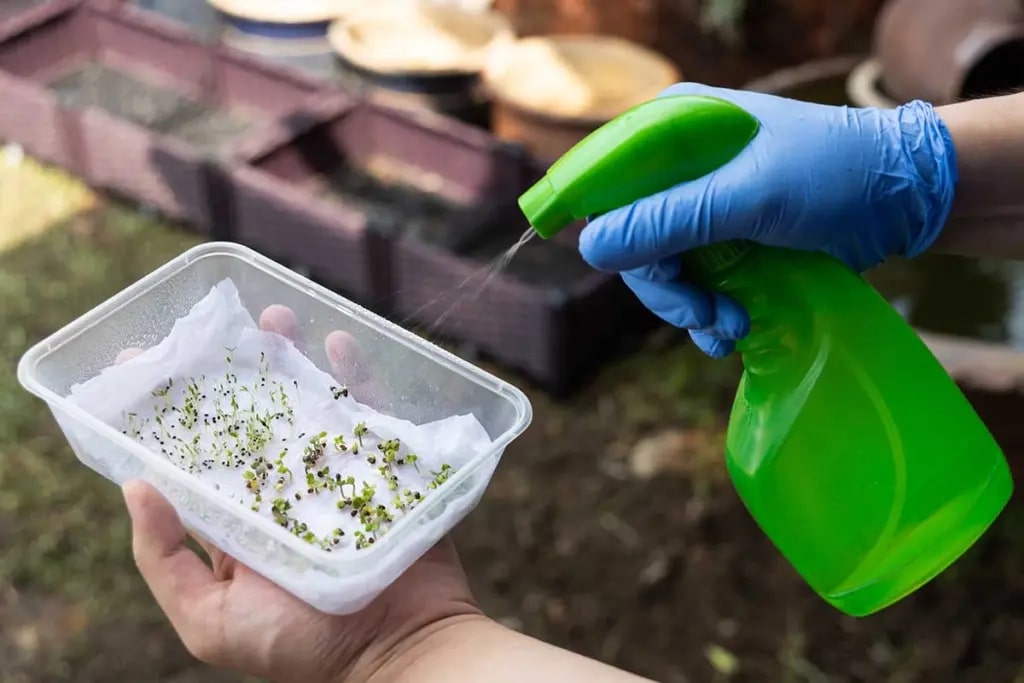
How to Fix: Regularly check and maintain the moisture level.
Due to the slight opening in the plastic baggie, there’s still a chance that the paper towels will dry out. When this happens, the seeds may not receive the necessary moisture for germination.
Solution: Regularly check and maintain the moisture level.
| Factor | Information |
| Difficulty | Moderate ●●○○○ |
| Speed | Rapid, can be resolved quickly with attention |
| Materials Needed | Water spray bottle, paper towels |
If and when you notice the paper towel is getting dry, mist it with some water. Just make sure that the towel is regularly damp and not overly wet or soaked.
Overwatering
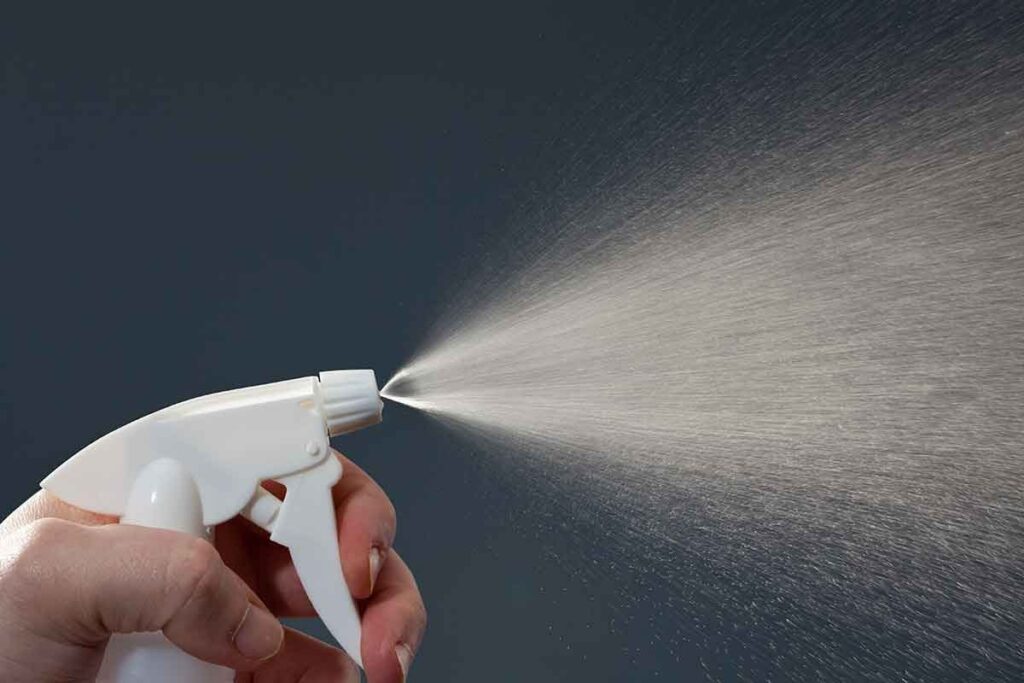
How to Fix: Monitor and adjust the moisture level consistently to prevent overwatering.
When you spray the paper towel with too much water, it can become overly wet. Excessive moisture can lead to mold growth and interfere with seed germination.
| Factor | Information |
| Difficulty | Moderate ●●○○○ |
| Speed | Gradual, requires monitoring and adjustment |
| Materials Needed | Water spray bottle, careful application |
Solution: Monitor and adjust the moisture level consistently to prevent overwatering.
Adjust the moisture level by allowing excess water to evaporate or by using less water initially. Then once you find the dampness to be the ideal level, keep it consistent by occasional sprays and light misting while avoiding saturation.
Incorrect Temperature
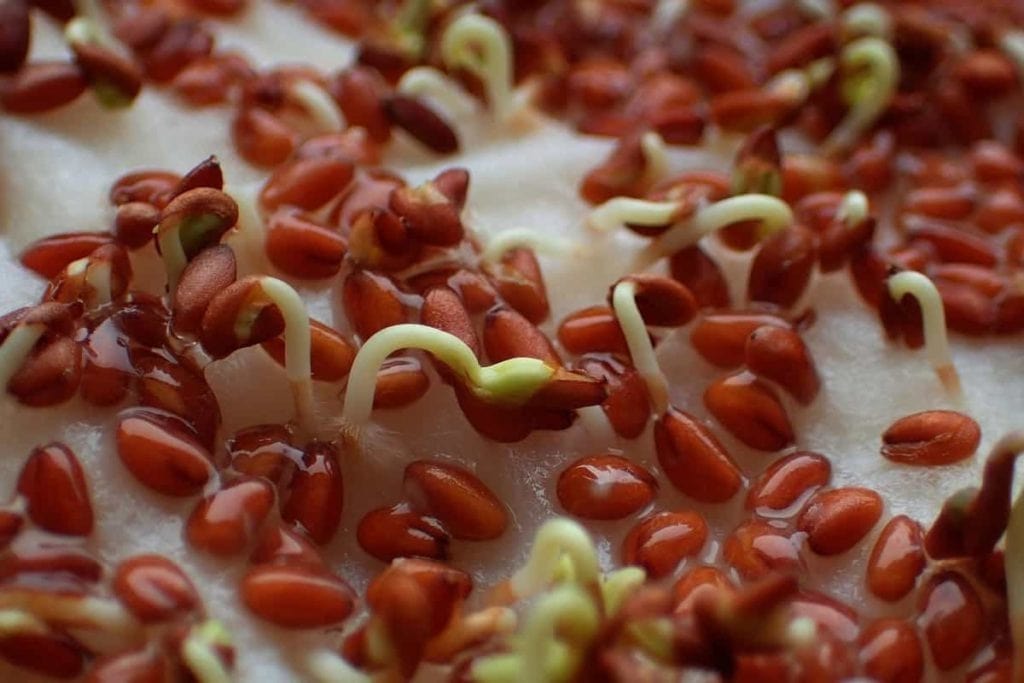
How to Fix: Place the paper towel in a warm environment as per the seed’s requirements.
Just like many living things, seeds require specific factors for growth, and one of them is temperature. Some seeds have certain temperature ranges, so it’s best to check that the seeds are exposed to the correct levels.
Solution: Place the paper towel in a warm environment, as per the seed’s requirements.
| Factor | Information |
| Difficulty | Moderate ●●○○○ |
| Speed | Gradual, may take time to adjust to the temperature |
| Materials Needed | Thermometer, heat mat (if needed) |
For this, you can use a heat mat or find a location with consistent, appropriate temperatures – between 65 to 70°F (15 to 21°C). If your home temperature is too low, think about using a seedling heat mat.
Inadequate Darkness or Light
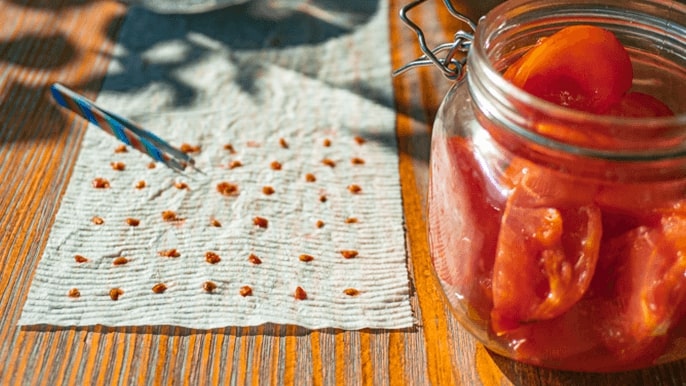
How to Fix: Provide the right amount of light.
You might think that all seeds are equal when it comes to light exposure, and you just might find yourself thinking twice. This is because some seeds require darkness, while others need light for germination.
Solution: Provide the right amount of light.
| Factor | Information |
| Difficulty | Easy to Moderate ●●○○○ |
| Speed | Gradual, requires observation and adjustment |
| Materials Needed | Light source (if needed), awareness of seed light preferences |
You’ll need to research the light requirements of the specific seeds you’re germinating. Keep light-sensitive seeds in darkness and light-loving seeds in a well-lit area.
Inappropriate Seed Depth
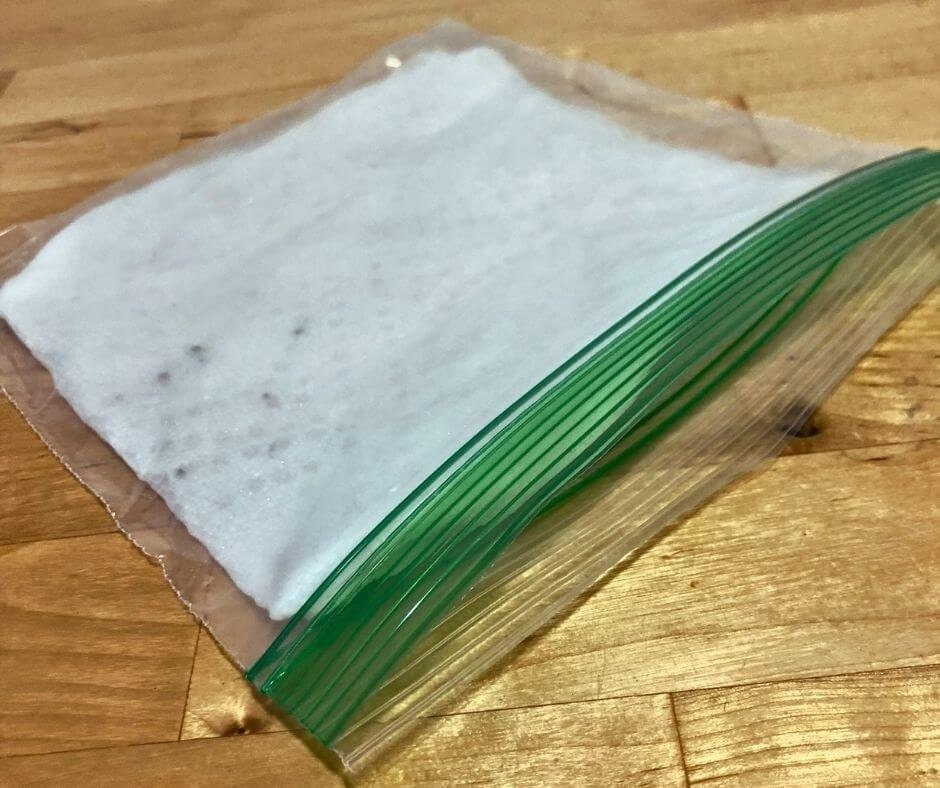
How to Fix: Make sure the seed is properly spaced and covered.
While it can be exciting to use the paper towel method, there are still some missteps that even expert gardeners can commit. Seeds may be buried too deep or exposed on the paper towel, which can ultimately affect their germination.
Solution: Make sure the seed is properly spaced and covered.
| Factor | Information |
| Difficulty | Easy to Moderate ●●○○○ |
| Speed | Gradual, requires proper adjustment |
| Materials Needed | Knowledge of seed planting depths, attention to spacing |
Make sure that the seeds are spaced well apart and covered with the right amount of paper towel.
Old or Contaminated Paper Towels
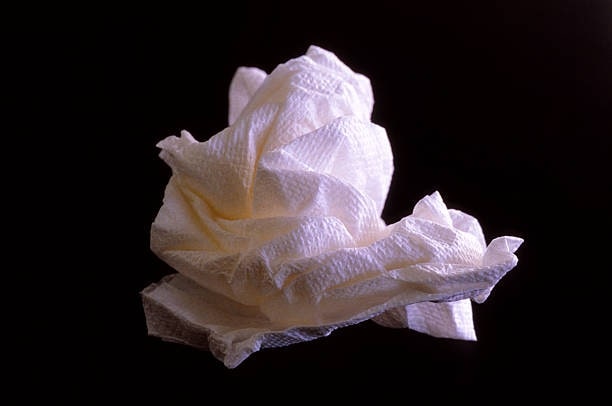
How to Fix: Use fresh and clean paper towels.
You might be tempted to use old, discarded, or used paper towels. Using these can introduce substances harmful to seeds.
Solution: Use fresh and clean paper towels.
| Factor | Information |
| Difficulty | Easy ●○○○○ |
| Speed | Immediate, requires using fresh paper towels |
| Materials Needed | Fresh, clean paper towels |
Avoid reusing paper towels, as they may harbor contaminants. Instead, use new ones and make sure they haven’t been contaminated.
Lack of Air Circulation
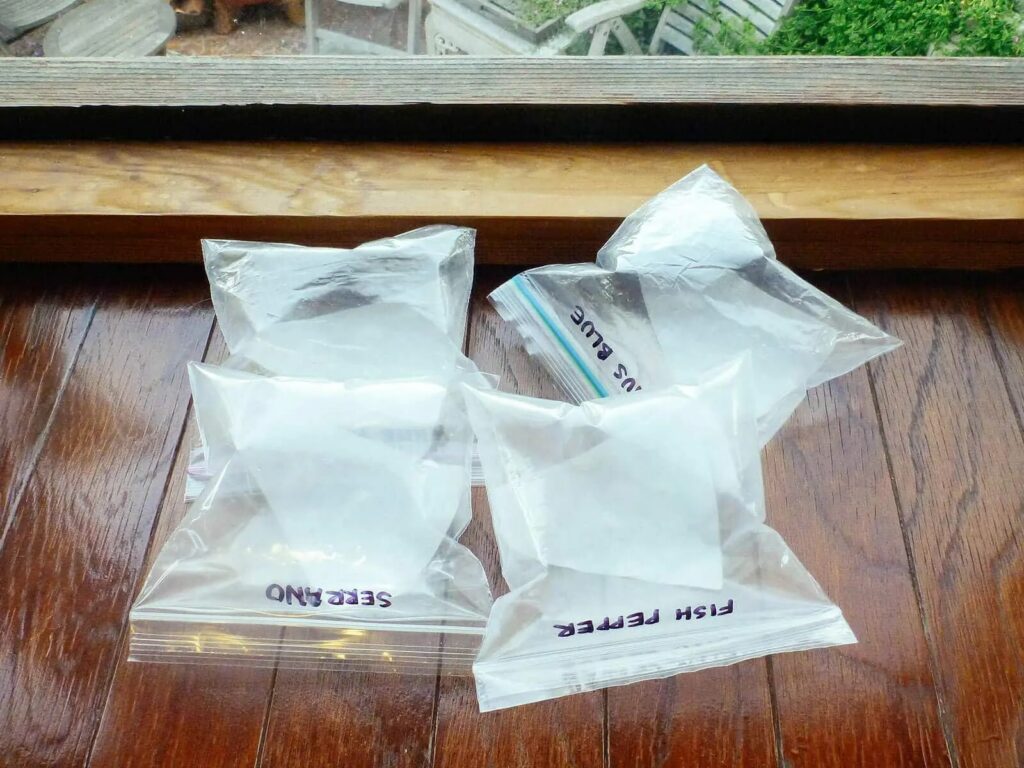
How to Fix: Seal the plastic baggie with a small opening to allow some air circulation.
| Factor | Information |
| Difficulty | Easy ●○○○○ |
| Speed | Gradual, requires monitoring |
| Materials Needed | Plastic baggie with a small opening |
Sometimes the opening in the baggie can get too tight and it can lead to trapping air. Insufficient air circulation can lead to the growth of mold.
Solution: Seal the plastic baggie with a small opening to allow some air circulation.
Make sure the opening allows for some air to pass through and encourage airflow. In the meantime, monitor for mold growth and adjust the opening as needed.
Variability in Seed Requirements
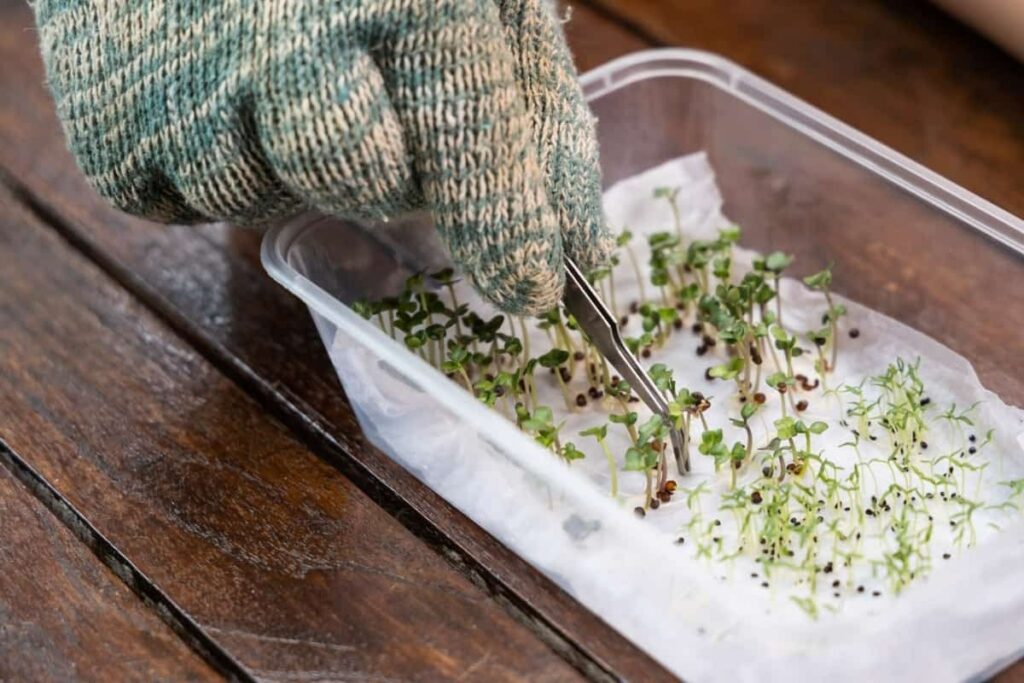
How to Fix: Research on seed germination requirements.
Not all seeds are created equal – and therefore, some seeds will germinate faster than others based on their needs and growing conditions.
Solution: Research on seed germination requirements.
| Factor | Information |
| Difficulty | Moderate ●●○○○ |
| Speed | Variable, depends on individual seed needs |
| Materials Needed | Research on specific seed requirements, adjust conditions accordingly |
Double-check the seed germination requirements and tailor the conditions to meet the specific needs of the seeds you’re germinating. You can do this by adjusting the moisture, temperature, and light levels accordingly.
Poor Seed Quality
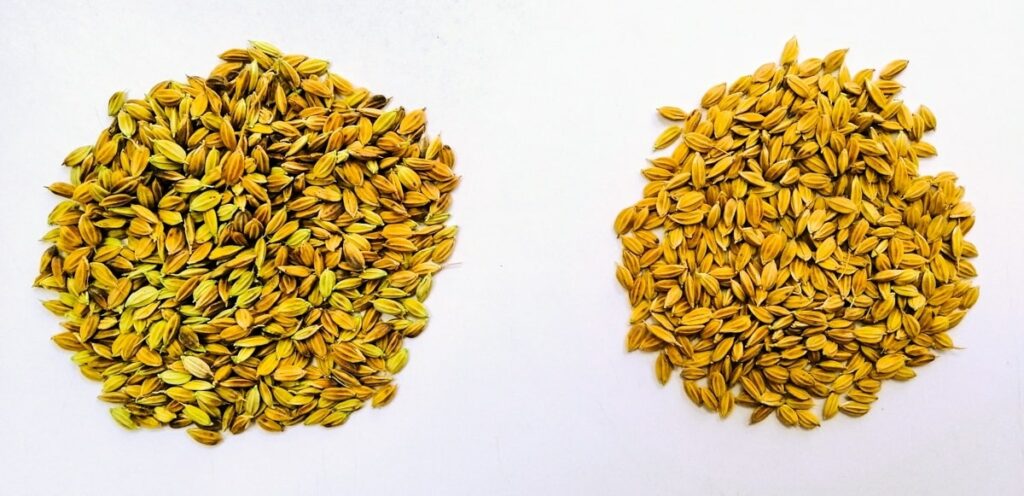
How to Fix: Use fresh, high-quality seeds obtained from reputable sources.
Some seeds have a higher shelf life while others easily lose their viability after a short period of time. Hence, low-quality or old seeds may have lower germination rates.
Solution: Use fresh, high-quality seeds obtained from reputable sources.
| Factor | Information |
| Difficulty | Easy to Moderate ●●○○○ |
| Speed | Immediate, replace with high-quality seeds |
| Materials Needed | Obtain fresh, high-quality seeds |
Pick a seller or vendor with a good reputation, which you can always confirm via friends or through online reviews. You can also have a chat with them in person or message them to determine how fresh their seed stocks are.
Seeds Need Scarification
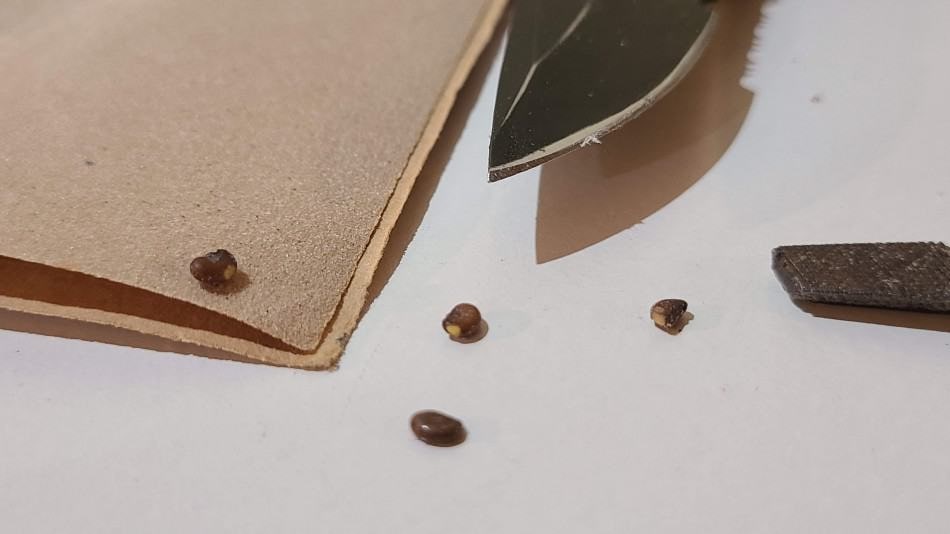
How to Fix: Understand the specific scarification requirements of the seeds.
Scarification is a process of making small cuts or abrasions on the seed coat to help improve water absorption and promote germination. Some seeds require scarification or stratification, which involves a cold or damp period before germination.
H4:Solution: Understand the specific scarification requirements of the seeds.
| Factor | Information |
| Difficulty | Moderate ●●○○○ |
| Speed | Variable, depends on scarification needs |
| Materials Needed | Knowledge of scarification requirements, implement scarification as needed (usually by using sharp clean tools) |
If scarification or stratification is necessary, then you’ll need to do so. Simply scratch the seed coat with a sharp clean tool to allow water to pass through the tough coat.
Impatience
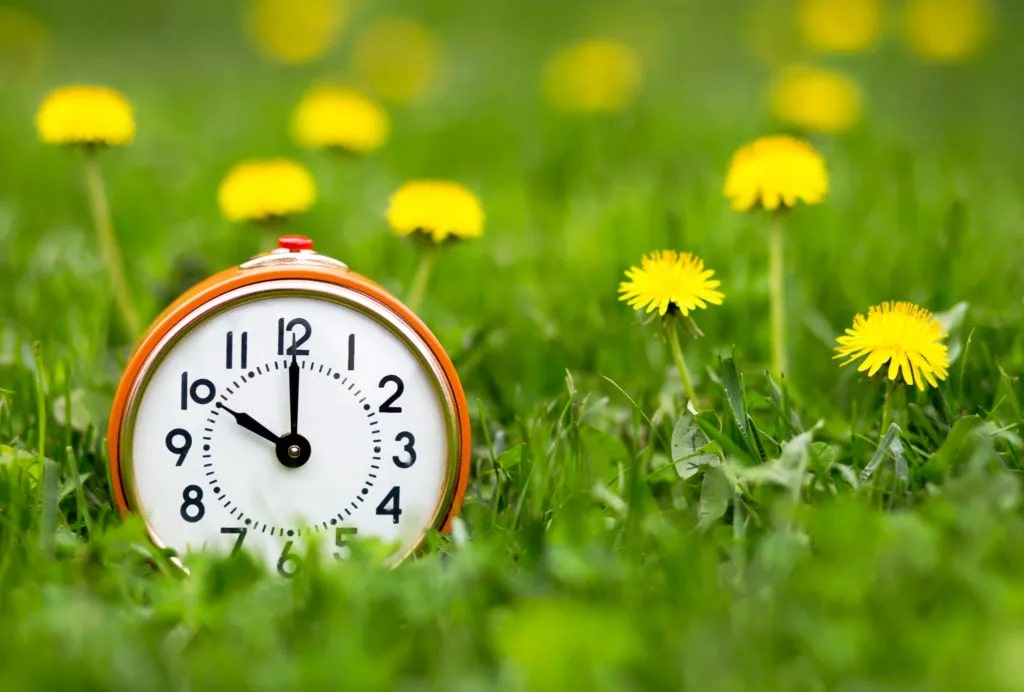
How to Fix: Refer to the recommended germination times for each type of seed.
Some seeds take longer to germinate than others, and impatience may lead to premature conclusions.
Solution: Refer to the recommended germination times for each type of seed.
| Factor | Information |
| Difficulty | Easy ●○○○○ |
| Speed | Immediate, requires patience |
| Materials Needed | None |
Be patient and allow sufficient time for germination to occur before assuming an issue. You’ll be rewarded by either a sprouted seed or by the knowledge that you may need to check for issues to enhance your seed-sprouting skill and knowledge.
Planter’s Tips for Sprouting Seeds in Paper Towels
- Write the date and seed type on the baggie for easy identification.
- Plant seeds with the longest germination time first.
- Use a gardening journal to track start dates, sprout dates, harvests, successes, and lessons learned.
- Space out seed germination to enjoy the process.
- Learn how to transplant germinated seeds in soil.
FAQs
Do seeds germinate faster in paper towels?
Seeds germinate faster in paper towel methods. The faster germination is often due to the controlled moist condition that the seeds are in.
How long do seeds stay in a paper towel?
Normally, seeds are left in a paper towel until germination, which may take several days to a week.
Can seeds germinate in 3 days?
Seeds can germinate in as little as 3 days. Just note that the germination depends on the seed type and the conditions it’s grown in.
Can seeds germinate in the dark?
Some seeds can germinate in the dark depending on their germination requirements. On the other hand, some seeds require light for the germination process.
What is the hardest seed to germinate?
Some of the hardest seeds to germinate are those with hard coats or specific environmental needs. These seed types, such as certain types of orchids or palms, can be challenging to germinate.


